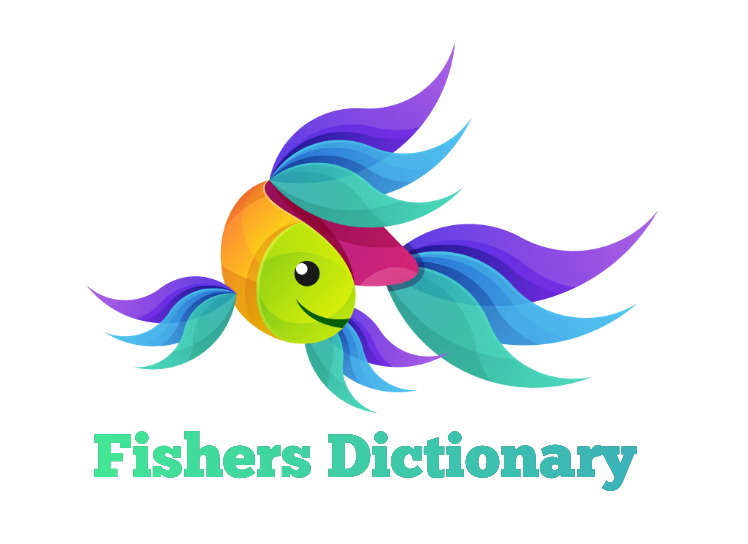Phenology is the study of seasonal or periodic cycles in ecosystems. It is, essentially, “nature’s calendar.” For fish, phenology is often linked to timing of important life events such as spawning, migrations, and hatching. These events are triggered by non-biological factors like day length, temperature, and precipitation. If the timing of the main “cue” shifts, the alteration can have significant implications for the fish populations that have evolved to optimize the timing of their life events with that factor.
References
Cooke, S.J., Hinch, S.G., Farrell, A.P., F., L.M., Jones, S.R.M., Macdonald, J.S., Patterson, D.A., Healey, M.C., Van Der Kraak, G., 2004. Abnormal Migration Timing and High en route Mortality of Sockeye Salmon in the Fraser River, British Columbia. Fisheries 29, 22–33. doi:10.1577/1548-8446(2004)29
Kovach, R.P., Ellison, S.C., Pyare, S., Tallmon, D.A., 2015. Temporal patterns in adult salmon migration timing across southeast Alaska. Glob. Chang. Biol. 21, 1821–1833. doi:10.1111/gcb.12829





.jpg)


0 Comments